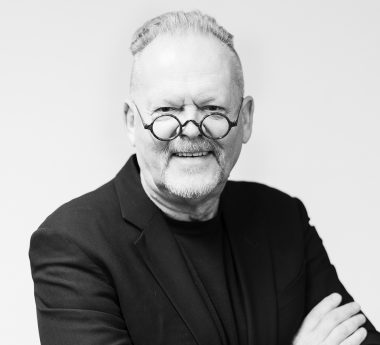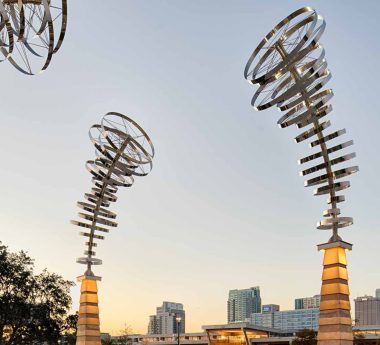As an urban designer and city planner, the health of cities is important to me. The potential impact of an urban design project is massive, especially on the health of the city and its residents, and this potential is what has motivated my entire design career.
This is also what excites me most about The 5280 Trail in Denver. Originally identified in the Downtown Denver Area Plan, The 5280 Trail is a 5.280-mile loop that connects six distinct downtown neighborhoods with an integrated system of urban spaces, places and trails. It celebrates the unique personalities and populations—the cultural identity—of each neighborhood, and encourages connectivity within and between them. It promotes health by getting people outside, and it creates a stronger sense of place. This project will change minds about what it means to be in Downtown Denver.
The trail will no doubt become a tourist destination for visitors seeking an authentic Denver experience, but at its core the 5280 is designed for Downtown Denver residents. Colorado has a wonderfully active outdoor lifestyle, but this isn’t intended to be a high-intensity fitness route. It’s also not intended as a high-speed bicycle commuter route. While welcome, these are not the primary uses. The 5280 is designed for Denverites. Families out for a stroll. Parents pushing strollers or pulling wagons. People walking dogs. Friends and neighbors gathering. And yes, people jogging or biking, walking or riding to and from work. The trail is designed to be safe, accessible and welcoming to all.



